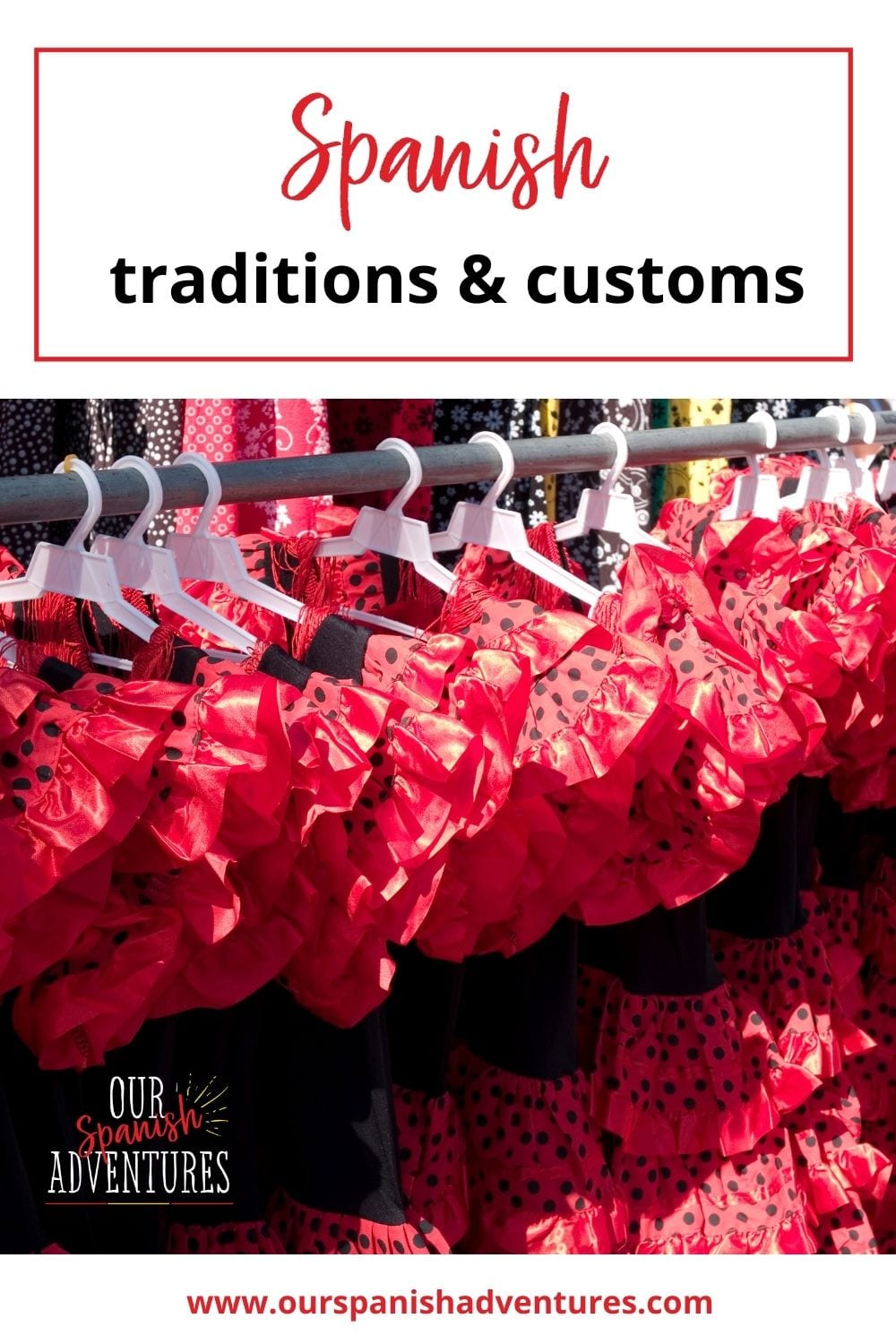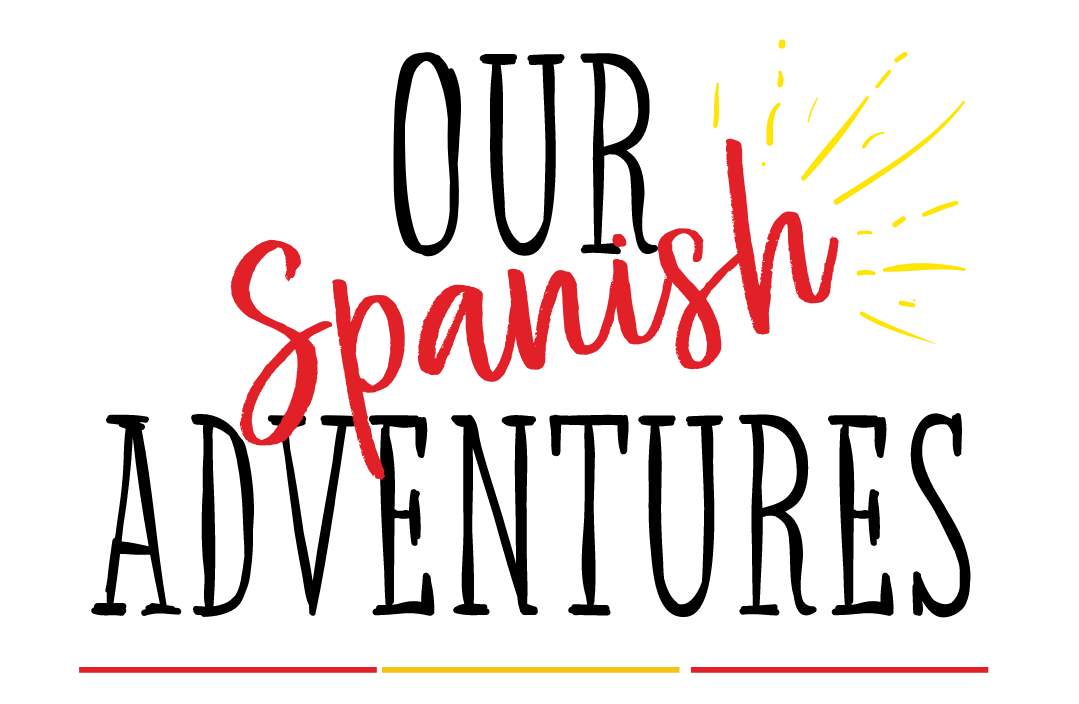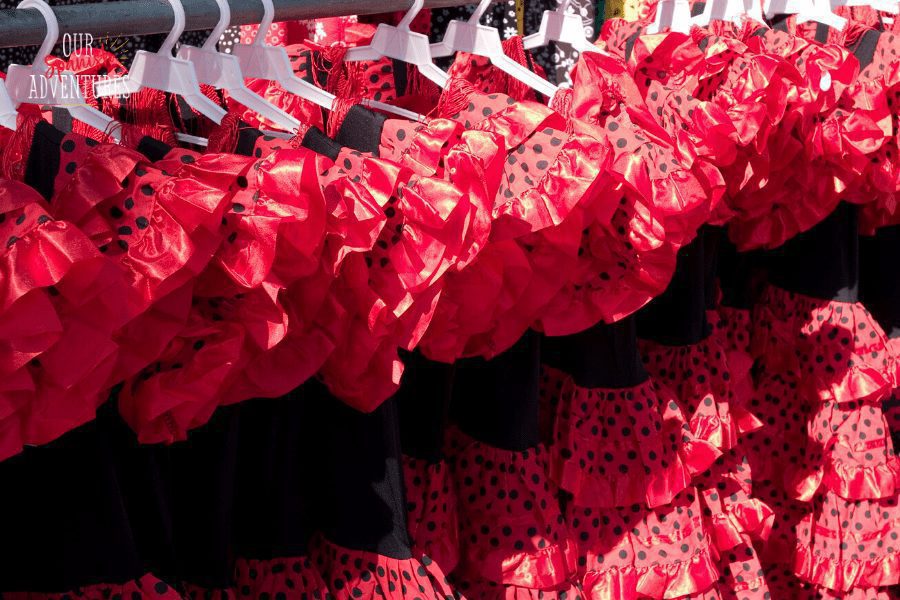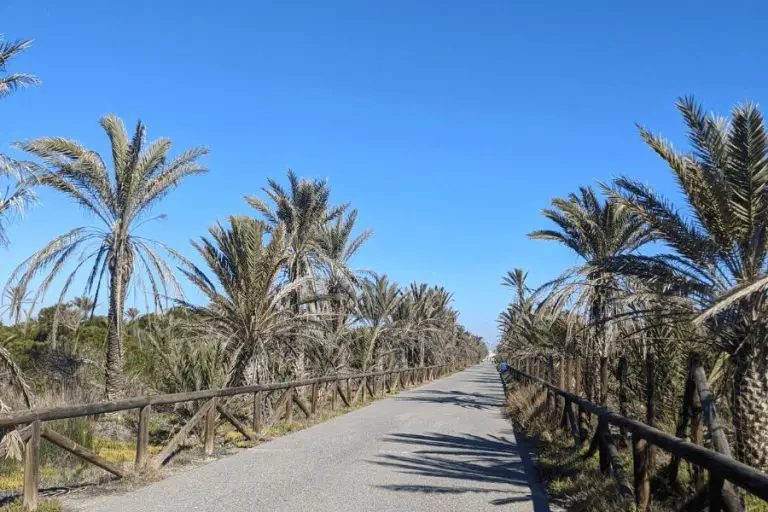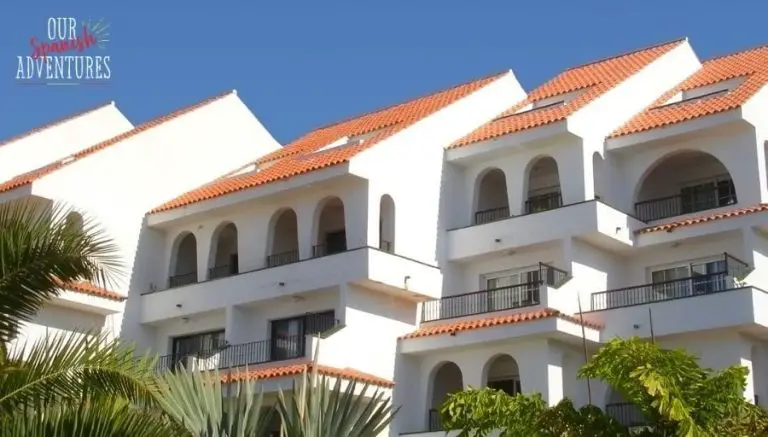6 Spanish traditions and customs
One of the most fun parts of moving to Spain is learning all about the country’s customs, history and traditions. And there are a lot of great Spanish traditions to learn about. So here’s the first one… Do you know what the traditional Spanish fan is?
Spain is a kaleidoscopic melting pot of culture that has been bubbling away for thousands of years. With all their rich history, the Spanish have had plenty of time to cook up one or two traditions, and lots of good excuses to throw a fiesta. And the Spanish certainly know how to party!
Within Spain there are 17 autonomous regions in all, each with their own unique traditions and customs, so there’s plenty to be experienced no matter what your tastes or where you head to.
Here’s some Spanish culture and traditions that might interest you…
Tapas
We all know about the Spanish food tradition of Tapas but did you know that stpas isn’t just about the food? Though having lots of little dishes covering the whole table is the best part, there’s more to it than that!
Tapas are so incredibly varied, and many are unique to a particular bar, so the idea is to hop from bar-to-bar sampling new food, and new people. Recently we had an impromptu city break to Valencia, where the tapas on offer in all the amazing artisan cafes and bars was incredible. Simply put, tapas brings food and socialising together, giving you a chance to sample not only the food but the local people too.
Did you also know that tapa means ‘lid’? Tapas originally came about when people started putting hunks of bread on top of their glass to stop flies getting in their drink.
Siestas
One of the most famous Spanish customs and traditions is of course the siesta. This is one Spanish tradition I can definitely get used to! I love a good power nap, especially under the fan in the heat of the summer. This well-known tradition is slowly going out of fashion mainly due to this fast-paced modern world we live in. However, many Spanish still have a siesta, or use the time as an excuse for an exceedingly long lunch break.
Flamenco
Picture Flamenco and images are conjured of elegantly dressed women dancing and stamping their feet. But Flamenco is in fact another slightly misunderstood Spanish tradition. The dancing plays an especially important part, and an expressive element, however, Flamenco is more about the vocals, guitar, and the rhythm section.
Proper Flamenco is supposed to be spontaneous however, for the dancers there’s a strict dress code so how they can be spontaneous, and plan their outfit in advance, I’m not sure! If you’re in Spain you absolutely must go and check out a Flamenco show, the energy in the performances is incredible. The best Flamenco can be found in Granada, but many Spanish bars and restaurants will put on shows.
Fiestas
There are fiestas, carnivals and festivals running throughout the year all over Spain. Unfortunately, most have had a large pin put through them for the time being but one thing you can expect, when they’re back on, they’re going to be big!
It’s worth mentioning that Spain is a deeply religious country so many of the big fiestas are usually held for a local patron saint. That shouldn’t stop those who practice other religions, have other affiliations, or none of the above, from enjoying the rich history and atmosphere that Spanish fiestas have to offer.
The summer festivals, especially the ‘Christianos y Moros’ (Moors and Christians), are my personal favourite as the carnivals have extremely elaborate parades and the festivities will go on for several days, the most popular of which happen Alicante and Granada. Check out our blog post for more about Spanish fiestas here.
Socialising
Before leaving the UK, talk of ‘nightlife’ made me think of going clubbing in Bournemouth my early 20’s. Nightlife in Spain might make you think of drunk Brits doing kareoke, but this definitely isn’t the case in most places outside of the main tourist areas. Spanish nightlife is incredibly diverse and caters for all tastes, ages, and demographics. Whilst there are a lot of nightclubs and discos, a night out in Spain is more of a family event. It’s common to see Spanish children playing outside well past midnight in the summer months so it makes sense to have plenty of events on for the kids too, from outdoor cinemas, to music, to inflatables in the town square.
You’ll also see people sat at tables out in the road with their friends and neighbours, eating and drinking until late in the night. It’s often cooler outside than inside during the summer, so many people will sit in chairs on the pavement outside their house until the early hours.
Bullfighting
When talking about Spanish traditions, we have to include the ancient tradition of bullfighting. Whether you agree with it or not, it’s an important and interesting part of Spanish history and culture. Although dying out these days, bullfighting is still popular in some areas, and there are festivals dedicated to bullfighting that run from August through to September. The most famous of these is the “Running of Bulls” during the San Fermín fiesta in Pamplona.
It’s not something that we personally agree with or want to see, but we visited a Christmas market in Alicante Bullring last year and the bullrings themselves are a must see.
So there you have some of the most important Spanish Traditions. I hope you’ll find the information useful and get to enjoy one or all of these at some point!
If you’re interested in finding out more about Spanish Christmas traditions read this post.
Pin for later:
